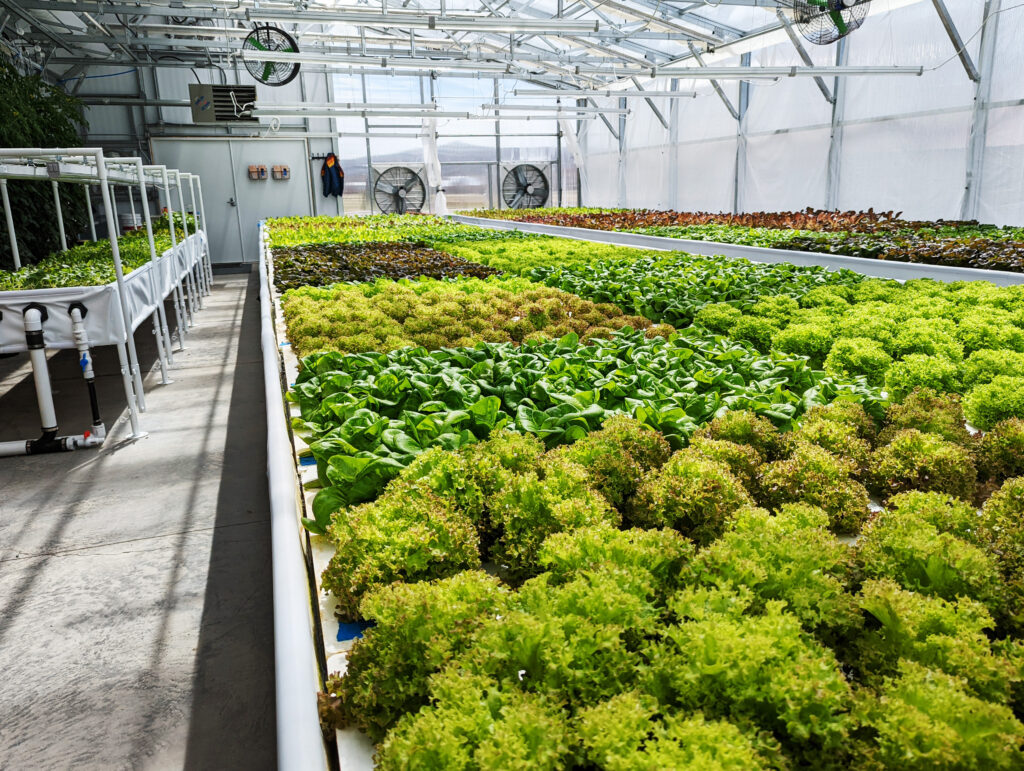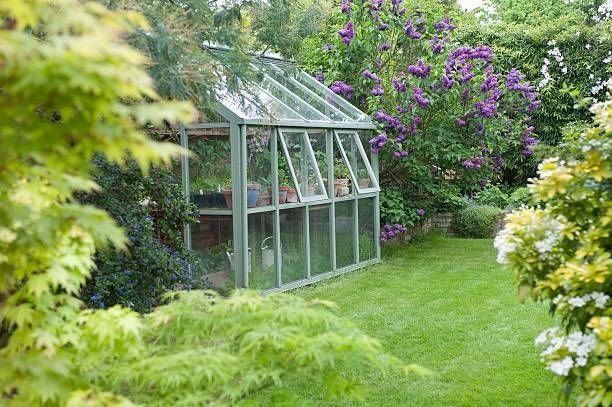Cultivating Quality: Monarch Greenhouse Construction Utah Very Best
Wiki Article
The Future of Greenhouses: Advancements in Sustainable Agriculture
Are you curious regarding the future of greenhouses and just how they are changing sustainable agriculture? From advanced climate control systems to upright farming techniques, water-efficient irrigation approaches, eco-friendly power combination, and smart information analytics, these innovations are transforming the way we expand our food.Advanced Climate Control Systems
To attain ideal growing problems, you can depend on the developments in greenhouses with advanced environment control systems. These systems have changed the method we cultivate plants, offering a controlled environment that contributes to plant development. With these ingenious systems, you can currently manipulate temperature, moisture, light degrees, and also CO2 concentrations to develop the ideal conditions for your plants to prosper.One of the key attributes of these advanced environment control systems is their capability to regulate temperature. By using sensors and automated controls, the greenhouse can adjust the temperature level based upon the details requirements of the plants. This makes sure that they are never ever exposed to severe heat or chilly, which can be detrimental to their development.
Moisture control is another crucial aspect of these systems. By maintaining the excellent humidity levels, you can stop problems such as mold, mold, and disease from impacting your crops. These systems can likewise control the quantity of light that reaches the plants, making certain that they receive the ideal amount for photosynthesis.
Moreover, progressed climate control systems can even adjust carbon dioxide concentrations. By enhancing the levels of carbon dioxide in the greenhouse, you can enhance plant development and productivity. This is particularly advantageous in areas with low all-natural carbon dioxide levels.
Vertical Farming Methods
One vital vertical farming technique is using stacked growing systems. Monarch Greenhouse Utah. These systems include preparing plants in numerous layers, up and down piled on top of each various other. By making use of upright room, farmers can optimize their plant return without calling for added land. Piled expanding systems are generally made use of in city locations where space is limited.One prominent method is called vertical hydroponics, where plants are expanded in nutrient-rich water without dirt. This strategy is highly efficient as it lowers water usage by as much as 90% compared to traditional farming methods. Additionally, since the plants are grown indoors, they are safeguarded from pests and diseases, lowering the demand for chemicals.
Another technique is aeroponics, which entails suspending the plant roots in a haze or air environment. This method permits optimum nutrient absorption and oxygenation, causing faster development and greater returns. Aeroponics additionally utilizes less water than conventional farming and can be executed in vertical systems, making it a prominent option for vertical farming.
Water-efficient Watering Techniques
When it comes to executing water-efficient watering techniques in lasting agriculture,Maximizing water preservation is vital. With international water shortage becoming a pressing concern, it is essential to create innovative methods that maximize water usage in greenhouse procedures.One promising technique is drip watering, which delivers water straight to the plant roots, reducing waste and evaporation. By making use of a network of tubes with tiny emitters, water is applied slowly and exactly, guaranteeing that plants receive the required wetness without excess drainage.
Another reliable method is making use of dirt dampness sensors. These gadgets determine the moisture web content in the dirt and give real-time data to farmers. By monitoring the dirt's wetness levels, farmers can precisely determine when and how much water to use, preventing over-irrigation.
In addition, the implementation of rainwater harvesting systems is getting appeal in greenhouse agriculture. Gathering rain from roofs and storing it in containers enables farmers to use this all-natural source for irrigation purposes, minimizing reliance on traditional water resources.
Lastly, the fostering of automated irrigation systems can considerably enhance water efficiency. These systems utilize sensors to detect dirt dampness levels and weather, changing watering routines accordingly. By maximizing water use based upon real plant demands, these systems can minimize water waste and advertise lasting farming techniques.
Renewable Resource Integration
Currently, let's dive right into exactly how you can integrate sustainable power right into your greenhouse operations for a much more sustainable future. Renewable resource assimilation in greenhouses uses a number of benefits, consisting of lowered running prices and lowered dependence on non-renewable energy sources. One way to include renewable resource is with the installation of photovoltaic panels. These panels are positioned on the roof Monarch Greenhouse installation Utah covering or surrounding locations of the greenhouse to record sunshine and transform it into power. The generated power can then be used to run different operations within the greenhouse, such as lights, air flow, and heating systems. Additionally, excess energy can be saved in batteries for usage throughout non-sunlight hours. Another method of renewable power assimilation is using wind generators. These wind turbines harness wind power and convert it into electrical energy, which can be used to supplement the energy demands of the greenhouse. Incorporating renewable resource resources not just decreases greenhouse gas emissions however also promotes sustainability and resilience in your farming procedures. By welcoming renewable resource, you can add to a greener future while ensuring the long-term stability of your greenhouse company.Smart Information Analytics and Automation
To improve the efficiency of your greenhouse operations and optimize resource usage, think about executing wise information analytics and automation. Smart data analytics includes collecting and analyzing information from different sensors and tools within your greenhouse. By monitoring factors such as temperature level, humidity, light levels, and dirt wetness, you can gain important insights into the health and growth of your plants. This data can help you make educated choices concerning adjusting environmental problems, optimizing irrigation routines, and protecting against prospective concerns before they develop.
This can consist of automating the control of lights, air flow, irrigation systems, and nutrient delivery. By automating these procedures, you can guarantee that your plants get the ideal problems and nutrients at the appropriate time, without the requirement for constant hands-on treatment.
In addition, smart data analytics and automation can function together synergistically. The data accumulated by sensing units can be utilized to educate automatic systems, permitting them to make real-time adjustments based upon the current problems. This assimilation of data analytics and automation can result in extra specific and efficient resource allowance, ultimately leading to higher returns and better crop top quality.
Conclusion
In verdict, the future of greenhouses in lasting agriculture looks encouraging. With innovative environment control systems, vertical farming methods, water-efficient watering approaches, and sustainable power assimilation, greenhouses are coming to be a lot more efficient and environmentally pleasant.
By optimizing water use based on actual plant requirements, these systems can decrease water waste and promote sustainable farming techniques.

Report this wiki page